More about Six Tuscan Poets
- All
- Info
- Shop
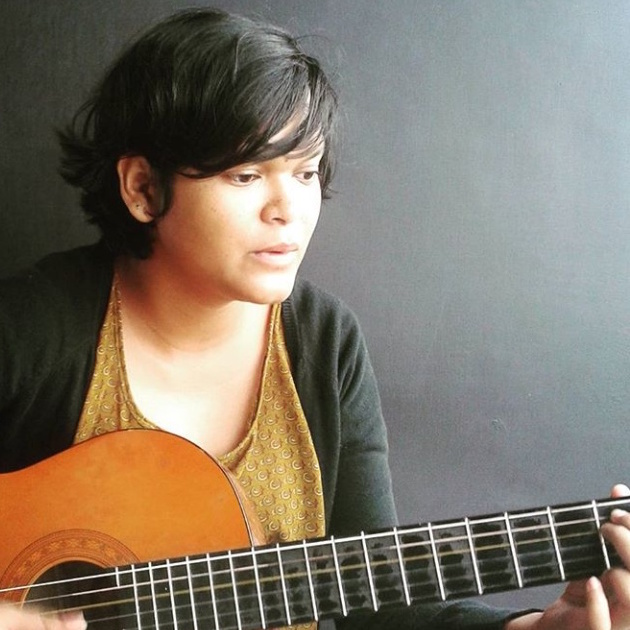
Contributor
Giorgio Vasari was very proud of his Tuscan roots.
So proud, that he would go out of his way to prove that Tuscany gave birth to numerous heroes of the Cultural Renaissance, like in this painting, Six Tuscan Poets. The six gentlemen are staged in what can only be described as a very uncomfortable social situation. Everyone in the room wants to be the guy who is special enough to get a chair. Meet Dante Alighieri, the author of "The Divine Comedy."
Dante barely needs an introduction. In 14th century Italy most literature was written in Latin. This put most of the country at a disadvantage. Dante was really upset by this predisposition, so he changed it. His decision to write in vernacular languages was quickly adopted by other writers of the time. Dante’s "Commedia" was a great success. For all the poets to come after him, he would be the rockstar they all wished they could be.
Vasari painted the poets for Luca Martini. He was a man of high regard in the court of Cosimo I Medici. He was also a huge Dante fan. In 1554, Vasari was back in the Medici court and very happy about it. Martini must have definitely read Vasari’s "The Lives of the Most Excellent Painters, Sculptors, and Architects." He wanted him to do with painting what he had done with the book.
The Tuscan painter made two versions of the painting, one for Martini and another for Paolo Giovio, a historian. Both the paintings have Dante and Guido Cavalcanti immersed in a debate about Virgil’s book. Petrarch crouches to the left of Dante, with the "Rimes Sparse" in his hand. Petrarch was hailed by Bembo, a literary theorist, as being a more effective proponent of the Italian cause. Bembo’s critique was accepted in most literary circles, and Dante’s rating started to fall across the country. Except for Tuscany, where he was still the reigning poet.
Martini respected Bembo. but he did not appreciate the dismissal of Dante. Even Petrarch seeks a sign of approval from the great Dante. Bocaccio stands behind Petrarch and Dante. He looks lost, unable to meet a gaze, even Petrarch is unable to match it.
The two men to the top left, are well, contentious. Vasari believed he was painting in Cino da Pistoia and Guittone d'Arezzo, a little before Dante’s time, but for some reason not as decorated as the rest of the poets, who have laurels over their heads. They have absolutely nothing to contribute to the lively conversation in the center of the painting. Now, Vasari’s friend, the historian, finds out that these two guys look nothing like the archival footage he had on them. They could’ve been someone else. Vasari seems to have painted over the faces, according to Giovio’s research. Coincidentally, this painting was also one of the most copied paintings of its time.
Sources
- "How Did Dante Influence the Renaissance?" Daily History. Accessed August 22, 2019. https://dailyhistory.org/How_did_Dante_influence_the_Renaissance?
- Parker, Deborah. "Vasari's "Ritratto Di Sei Poeti Toscani": A Visible Literary History." MLN 127, no. 1 (2012): S204-215. http://www.jstor.org/stable/41415862.
- Jossa, Stefano. “Bembo and Italian Petrarchism.” Chapter. In The Cambridge Companion to Petrarch, edited by Albert Russell Ascoli and Unn Falkeid, 191–200. Cambridge Companions to Literature. Cambridge: Cambridge University Press, 2015. doi:10.1017/CCO978
- Omissi, Adrastos. "Art as History by the First Historian of Art: Giorgio Vasari's Ritratto Di Sei Poeti Toscani." Faculty of History. Accessed August 22, 2019. https://www.history.ox.ac.uk/art-history-first-historian-art-giorgio-va…
- "Dante's Inferno - Circle 1 - Canto 4." Dante Worlds. Accessed August 22, 2019. http://danteworlds.laits.utexas.edu/circle1.html.
Featured Content
Here is what Wikipedia says about Six Tuscan Poets
Six Tuscan Poets is an oil-on-panel painting by the Florentine visual artist and writer Giorgio Vasari, created in 1544. The poets depicted in the painting from left to right are Guittone d'Arezzo, Cino da Pistoia, Petrarch, Giovanni Boccaccio, Dante Alighieri, and Guido Cavalcanti. In 2021 it was lent to the Metropolitan Museum of Art, in New York, for the exhibition The Medici: Portraits and Politics, 1512–1570.
The work was commissioned from Vasari by the Tuscan arts patron Luca Martini.
Today the painting is in the permanent collection of the Minneapolis Institute of Art.
Check out the full Wikipedia article about Six Tuscan Poets

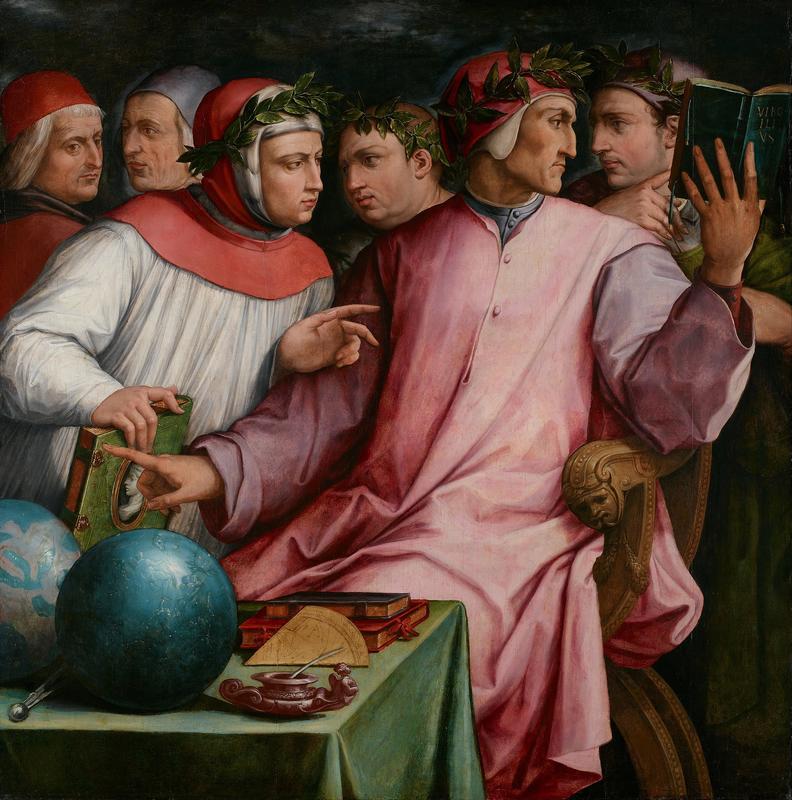
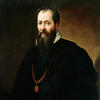
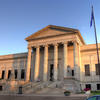
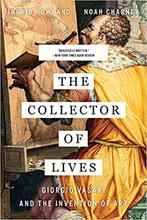









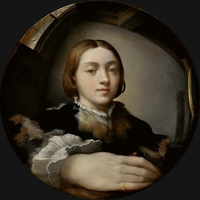
I like this piece of art since there seems to be something secretive going on. Secretive things intrigue me.